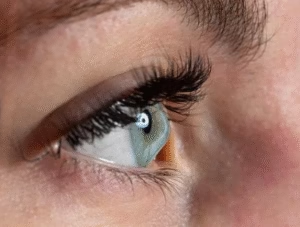

For many people, eye pain has a clear cause—dry eyes, infection, strain, or injury. But what happens when your eyes hurt, yet all tests come back normal? The surface looks fine, vision is intact, and your eye drops aren’t doing much. This frustrating experience is more common than people realize, and it may be a sign of something called neuropathic eye pain.
Unlike typical eye pain that starts in the eye itself, neuropathic eye pain comes from the brain. Think of it as a “misfiring” in the nerves. The brain misinterprets normal signals from the eye as pain, even when there’s no physical damage or inflammation present. It’s a bit like a fire alarm going off when there’s no smoke—the system is reacting as if there’s danger, but there’s nothing actually wrong at the source.
Because of this, the usual eye treatments often don’t help. In fact, aggressively treating the eyes—trying drop after drop, or procedure after procedure—can sometimes make things worse. Once neuropathic pain is suspected, the goal becomes maintaining appropriate (but minimal) eye care and shifting focus to the nervous system.
Awareness is key. Understanding that the pain is real, but its origin is neurological—not ocular—is the first and most important step in the healing journey.
Treatment for neuropathic eye pain typically involves a multidisciplinary approach:
Neuropathic eye pain can be confusing, isolating, and hard to diagnose. But with the right understanding and team-based care, many people find real relief—not by chasing the pain in the eye, but by treating the nervous system behind it.
If you or someone you love is experiencing eye pain that doesn’t make sense—or doesn’t respond to typical treatments—neuropathic pain should be considered. You are not imagining it, and you are not alone. If you suspect you have neuropathic eye pain, talk to your doctor and ask whether referral to a specialist in ocular surface disease or pain management might help.
Copyright © 2023 Nexus Eye Care | Trans4m Business Consulting – Website Design & SEO | Privacy Policy | ^